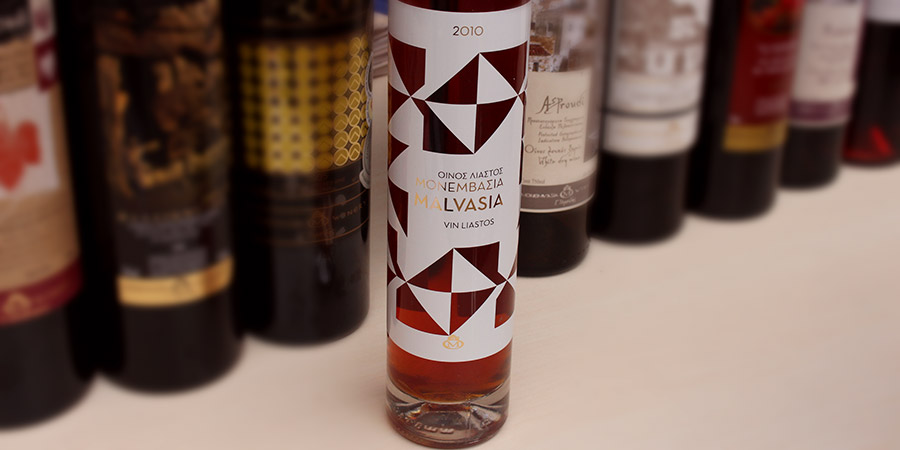
06 Jun Greek Wines (Temp Title)
Greek Wines are absolutely gorgeous, but what about those names? Asyritko, Agiorgitiko, Roditis, Moscofilero, Malvasia…. Say what? Yes, wines from Greece can be quite intimidating to us in Good Ole US of A. Nevertheless, we consistently increase our requests for evolutions in foods and feastings- example, even though bone marrow may be a mostancient diner’s delight, well it is now “new again” in the gastro scene… and we joyfully partake in rediscovering this culinary affair.
Consequently, we are naturally curious about “new” wines? Right? Greek wines must be a new thing, as this is the first some of us are hearing of this Hellenic Happiness.
Greek grape varietals are some of the rarest and first-born in the world. There are over 300 varietals which are native to Greece.
“Sommeliers and other buyers are showing their preference for indigenous grapes,” says Sofia Perpera, director of the trade association New Wines of Greece. “In today’s wine world, uniqueness matters most.”
Undeniably Greece has incredible soil and some of the oldest vines you can find on the planet.
Wine has been a central part of Greek culture for over 4000 years, as the numerous archeological discoveries throughout Greece have revealed. The ancient Greeks knew well the nutritional value of wine as it became an inseparable part of their daily regimen. Wine also played an important role in the evolution of the local economy.
Let’s explore maybe the most famous of them all, Malvasia, claiming fame to the quotes of Shakespeare and others, afterwards falling into the “Sleeping Beauty” of wines. Monemvasia Winery by G. Tsibidis was founded in 1997 with the vision of the revival of Malvasia wine, in its birthplace.
What is Malvasia and why the need of a renewal? Malvasia was the champagne of Middle Ages, and the most sought after wine, ruling the European world. (Malvasia is being produced in many countries including Italy, Spain, Portugal, Madeira, even California and Croatia but being produced in its birthplace- Greece, was goal for Monemvasia Winery.)
The domination of the Greek ‘Monemvasia-MALVASIA’ lasted for five whole centuries in foreign markets of the East and West. Its production began before the 13th century in Byzantine Monemvasia and continued in Crete under Venetian rule until the middle of the 17th century.
During the Turkish occupation of Greece, which lasted for over 400 years, the Turks discouraged winemaking and its consumption. High Taxes were levied on wine farmers who could not handle the burden and forced many to abandon their vineyards. Years of unfortunate neglect, many of the indigenous Greek grape varieties were verging on extinction by the middle of the 20th century.
With this being stated the most famous wine Malvasia during the Middle Ages and through the Renaissance had now been moved from Greece into other lands.
For Monemvasia Winery, there was not only the actual wine formula but also the designation of origin to be sorted. The appellation concern was that the trade in ‘MALVASIA’ wine was extensive, and this was certified by commercial documents kept in the archives of The Byzantine Museum in Venice. Therefore, ‘MALVASIA’, a Byzantine wine with a geographical appellation of origin, is also considered a historical appellation of origin. This takes the founding society, Greece out of the equation.
As the pursuit to revive the notorious Malvasia, Monemvasia Winery began as a meeting base in the framework of PABE (European Research Program) along with the Agricultural Universities of Athens and Thessaloniki, the company VITRO (Company for the Production of Plant Propagating Material) and NAGREG (National Agricultural Research Foundation). With this alignment, fourteen varieties of grape vines were recorded in the Lakonia region; it is highly probable some of these varieties were used for the production of the ancient ‘MALVASIA’ wines.
Over 12 exciting years of studying the characteristics of these local varieties, setting up experimental vineyards and holding international scientific conferences on the Monemvasia-Malvasia wine, along with experiments with the Wine Institute, resulted in a sweet white wine from sun-dried grapes and a liqueur (again from sun-dried grapes). These wines, which have been awarded Protected Designation of Origin, were officially released on July 23, 2010, which is the anniversary of the liberation of Monemvasia.
The winery bottled the wine “Monemvasia-Malvasia” 2010, for the first time since early years, through the year 2013. To date, the products of Monemvasia Winery have been awarded with over 106 Gold, Silver and Bronze medals in international wine competitions. Monemvasia Winery’s efforts have been rewarded and were locally rewarded by EOMMEX as the Best Enterprise in the Peloponnese, and have received numerous international awards.
Rick Stein above, from BBC, enjoying Malvasia.
Thankful for the vision, hard work, research and pertinence, this particular winery has world class, skillfully crafted wines. Greece has chosen to rediscover the roots of their very own winemaking in growing, producing and exporting some of the finest wines the world has to offer. The next time you reach for a new adventure in wine, skip the insipid, Drink Greek.
Much of what we drink in America can be routine and familiar. Our restaurant wine offerings, retail presentations and ultimately our personal unconscious choices allow the wine category to remain a big stagnant, feeding sales and increasing profits of bigger name wines, over and over. Instead of only supporting the “starter” wines and average bottles that turn into mass-market “go to” bottles, why not enter the parallel universe of provocative Greek wines?
Raise a Greek glass, full of character and rarely boring! OPA!
PSkea@flyingolivefarms.com


No Comments